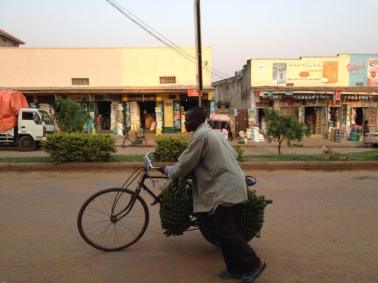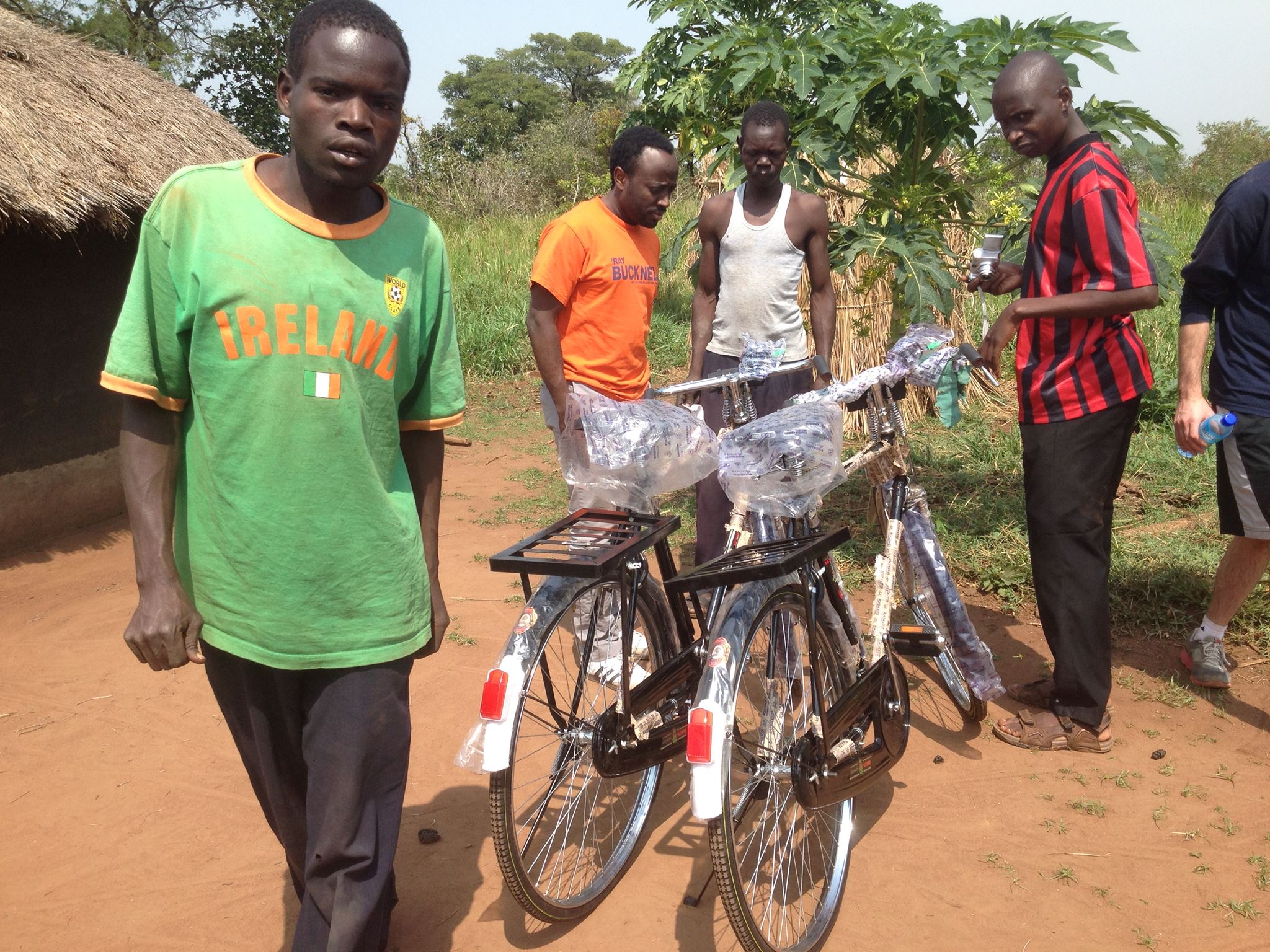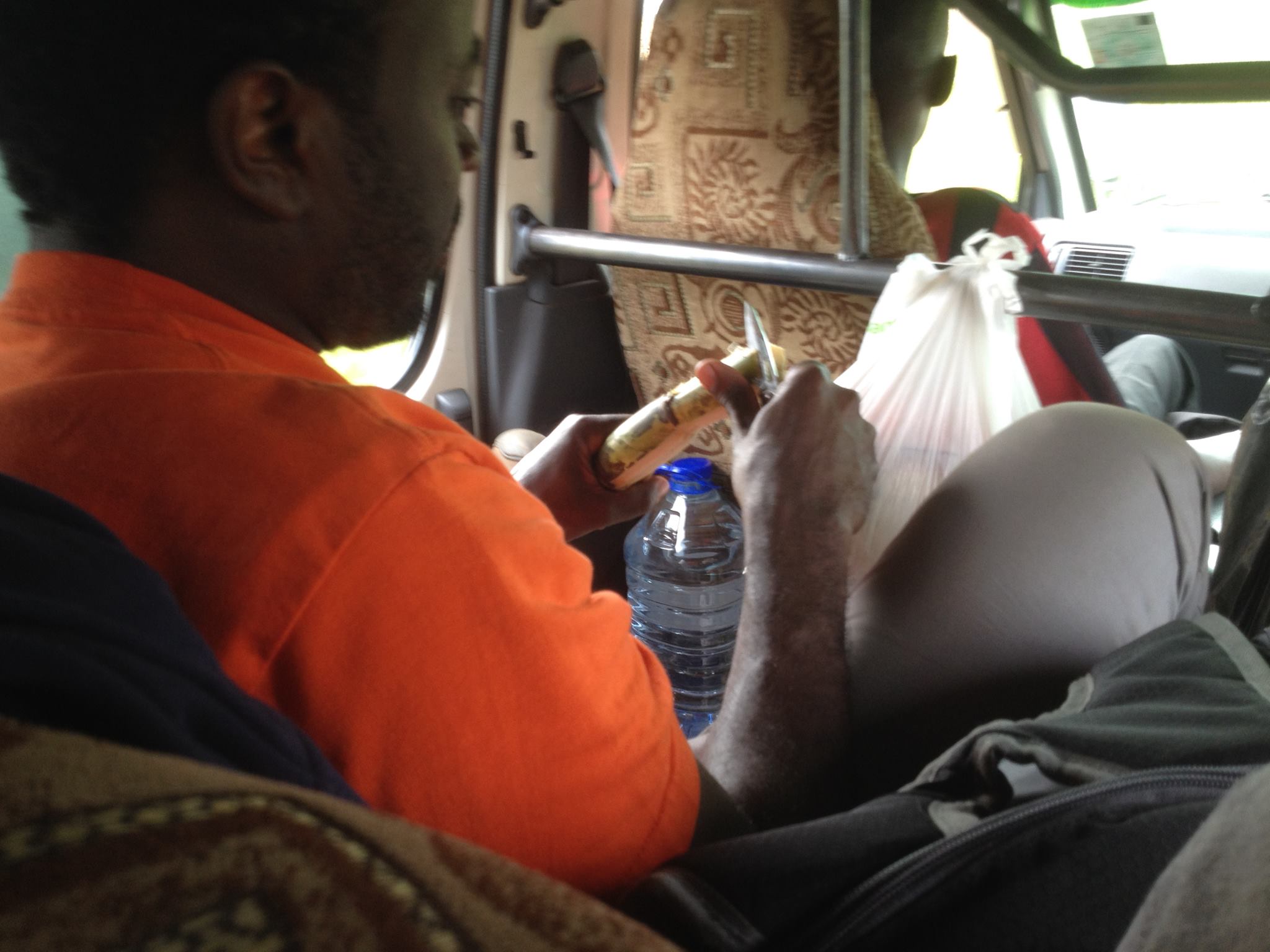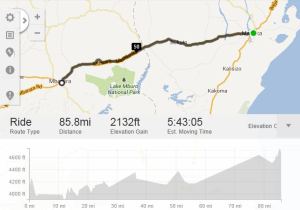
We had planned to spend the first few days visiting BAP headquarters and operations in Gulu. The team was excited to see their contributions at work. Its not everyday that donors and supporters get to visit on ground operations of nonprofits they support. With the exception of Kevin, no one else in the group had seen firsthand why our organization excites. But it will be a while until we got to Gulu.
The trip was going to be a long one. With some parts of the road under construction, we would have a lot of slow moments. I knew it would be tiring and was slightly worried that the team would be exhausted by the time we returned to Kampala the next day. Two years since I took this route to Gulu and a lot had changed – for the better atleast . There were stretches of the road that would make you think you were on an American highway. And then you would be woken up from the dream when the car hit a pothole. The drivers swaying from left to right like they owned the entire road would often be another reminder that you were among another breed of drivers.
Fortunately, during long drives we often found ourselves discussing some serious issues. At halfway to Gulu we stopped in Kafu for a break. In this particular location, a supermarket (think of walmart perhaps?) had replaced the local food vendors. The discussion at hand centered on what development really meant. Is it building fancier buildings and replacing all the local small businesses with supermarkets or making sure people’s standards of living increased uniformly? Some Ugandans earn a living working at food stands, selling roasted everything (cassava, meat, corn etc). The businesses help owners feed their families, pay for schools fees among other things. I know how important this is because my aunt owned one. Every day after school, I was charged with working there. So while seeing a supermarket built is often seen as a step up, it has some repercussions to the surrounding communities and small business owners that are worth discussing.

At the end of it all, it seemed that building cooperatives between the local vendors would be a good solution. The vendors can pose better competition as a group instead of working as individuals. While I was in agreement with this idea, I remembered that most of these food vendors on the whole have very little capital. They work for survival and are often risk averse. They use their profits for sustenance and keep the surplus to reinvest in the business. The only hope I could see was investors willing to work with these local vendors. Perhaps with low expectations in regards to the return on investment. Otherwise they will continue to be displaced by larger business and before we know it, there won’t be a middle class in Uganda.
These discussions carried us through the next 4 hour of driving. And before we knew it, we were in one of the villages BAP currently operates in. One of the best qualities our team seemed to have was one of asking questions. They made sure their interactions with the local authorities/people were fruitful. We even took a walk to the nearby water well to understand how the community obtained water. To say the least there was no stone left unturned by the time we had to say goodbye.
As we left, the team had an opportunity to test one of Uganda’s favorites – sugar cane. The reason why Ugandan coca cola is irresistible.
Tags: Muyambi, Uganda B2B


